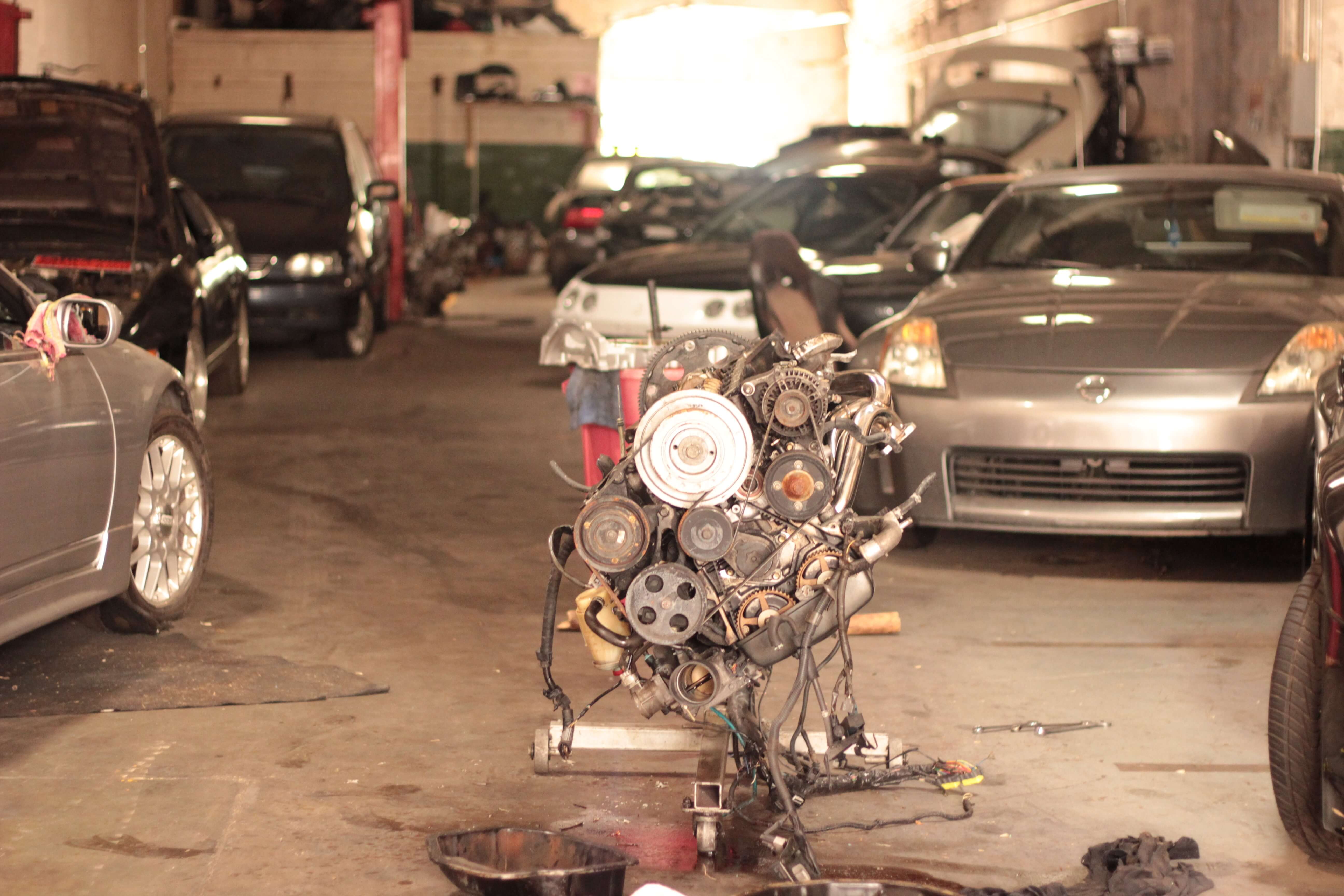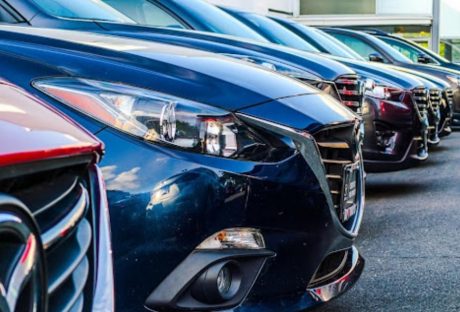Carpooling, also known as shared mobility, involves two or more users sharing transportation services. The idea has long been promoted in many countries, since it reduces both individual costs and road traffic, among other benefits.
If you want to carpool, you should take your time to consider all the options available to you. Your type of shared mobility should suit your daily schedule and lifestyle. At the same time, since you are sharing a car with other people, you want to be sure that you feel comfortable.
While there is no perfect carpool service, you can find the most convenient one out of all the alternatives. All you need is the right criteria to evaluate your choices. For instance, you can start with an Uber and Lyft comparison and see which of the two would be the best option. You can also compare them further with other available options.
Here are some factors you can consider when choosing a reliable carpool service:
1. Punctuality :
Carpooling is supposed to make life easier for you. So, when choosing a carpool service, you would want one that gets you to your destination on time. You would not want to find yourself running late for meetings just because you are saving money.
2. Efficiency :
If you are carpooling with the aim of commuting from your home to your work location, you should always ensure that the destinations of your fellow carpoolers are not very much out of the way. This is how you could best avoid being in a car that makes unexpected stops or randomly changes routes.
3. Customer Reviews :
Customer reviews are another great way to gauge the quality of services offered by the different carpool services. Most of the time, users share their honest opinions about the services that they have used. If you find too many complaints about a particular service, then you should probably avoid that one.
4. Responsibility :
A carpool network that is almost always providing poor service can be very frustrating. Although sometimes mistakes are inevitable, you should only choose a service that is willing to absorb costs arising from their mistakes. Good customer service is a must.
5. Peer Recommendations :
Asking people who have used carpool services for their opinion is a great way to find the best and most reliable service. If you can get a recommendation from a close acquaintance, then you will be almost certain that that opinion is an honest one.
6. Experience :
Although different carpool services out there provide similar services, you can’t trust just about any service. You should choose a service that has sufficient experience providing carpooling services in your area. This way, you will not expose yourself to inconveniences from a new competitor.
As new carpool services are established these days, ensure that you choose one that best suits your needs. Using the checklist above will help your elimination process and put you in a great position to find the best service out there.
Read Also :






















